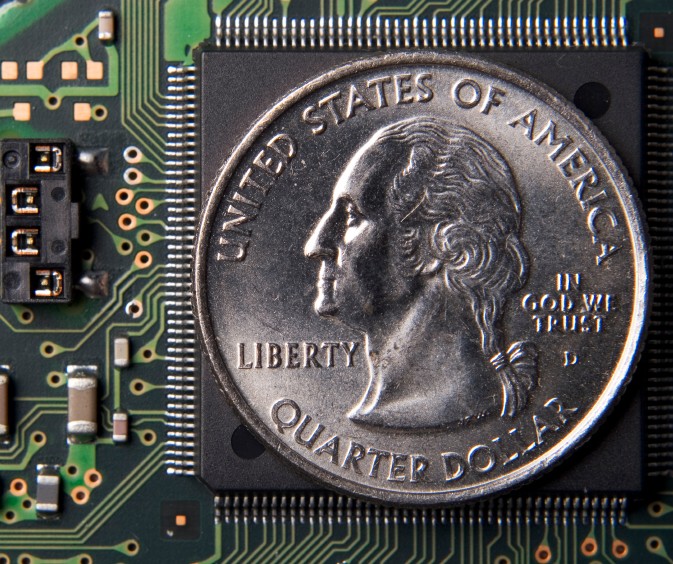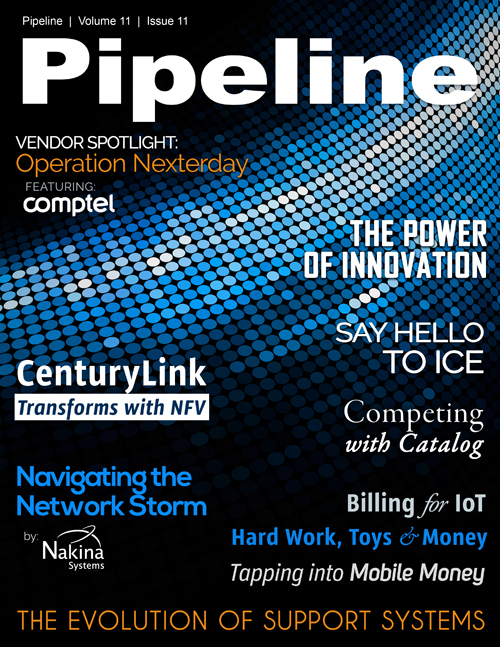Tapping Into Mobile Money with a Next-Gen BSS
By: Jesse Cryderman

Mobile money and mobile banking is changing the way people conduct day-to-day financial transactions across the world. The mobile device is a standard method of paying for goods and services in the developing world, and in the developed world, it’s catching on. The introduction of Apple Pay will no doubt hasten the growth of mobile money in the U.S.
Unlike new technologies such as self-driving vehicles, the barrier to widespread mobile money services is not user demand nor is it device capability. The chips that make contactless payment possible--NFC--are standard issue in most mobile devices. The advantages of mobile money are desired by consumers: wallet consolidation, ease of use, convenience, and improved loyalty and incentive options. Converged financial management is also possible with a mobile money solution. There is also a rise in interest in alternative payment methods and cryptocurrencies like Bitcoin.
While there are certainly many challenges and competitors in the mix, the demand and capabilities are present, and the road toward pervasive mobile money deployment is being built. This has created a significant revenue opportunity for operators. With the right partnership strategy and BSS, making money with mobile money is easier than ever.
Vodafone
Last month, Vodafone announced that its customers are able add bank cards to their Vodafone Wallet and use smartphones to pay for goods and services at contactless terminals. The enabler? Vodafone forged agreements with Visa and Carta Worldwide to enable bank card payments via Vodafone Wallet. The company says that this service will be deployed across its European markets beginning in the second quarter of 2015.
Vodafone Wallet is already available in Germany, Spain, the UK, Italy and The Netherlands. Customers can add loyalty cards into the Vodafone Wallet, as well as pay with Vodafone SmartPass that was launched in partnership with Visa in 2013. This evolution of the Vodafone Wallet to include bank cards is part of the Vodafone mCommerce strategy designed to provide a mobile alternative to coins, banknotes and plastic cards.
As long as a customer has a Vodafone NFC SIM and a smartphone, she can use the service. The process is pretty straightforward: a customer inputs bank card data into the Vodafone Wallet app, which is then securely stored as an alias in the NFC SIM. Card ownership is authenticated by the Verified by Visa service. Then a customer can simply pay by tapping the smartphone against a contactless point-of-sale (POS) terminal. Payments are automatically debited from the selected bank cards, which are protected with a user-defined 4-digit PIN for higher value payments.
Mark Ritzmann, Head of mCommerce at Vodafone Group, said: “With a few clicks, customers will be able to add payment cards to their Vodafone Wallet and use Android smartphones to pay at contactless terminals. Thanks to our agreements with Visa and Carta Worldwide, using bank cards stored on Vodafone Wallet is fast, secure and simple.”
T-Mobile Mobile Money
Just as it took aim at the wireless industry with its Un-Carrier Movement, T-Mobile is taking on the financial services industry with its Mobile Money offering. Specifically, it’s targeting and eliminating pain points in the customer experience. T-Mobile customers who use the Mobile Money card enjoy no purchase fees, no reload fees, no monthly maintenance fees, and no withdrawal fees at in-network ATMs. Build it and they will come.
Build it and they will come
Mobile banking is changing the way people conduct their day-to-day banking across the world, and Serbia is part of the global trend. Telenor took a unique approach in Serbia--it built a bank. Telenor Banka is the first fully online bank in the region, and customers are flocking to it. During its first six months of operation, Telenor Banka reached a milestone of 50,000 current accounts in Serbia and has built a stable foundation for further development in mobile banking. A unique offer in the region, built on the synergy between telecommunications and financial services, Telenor Banka contributed to an average monthly growth of 53 per cent in the number of opened bank accounts.



















